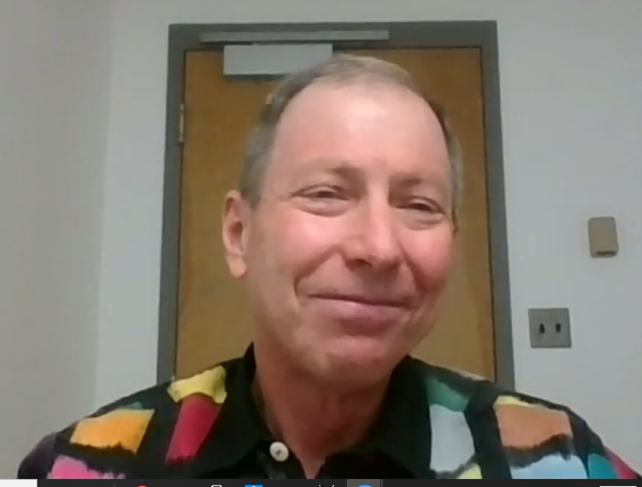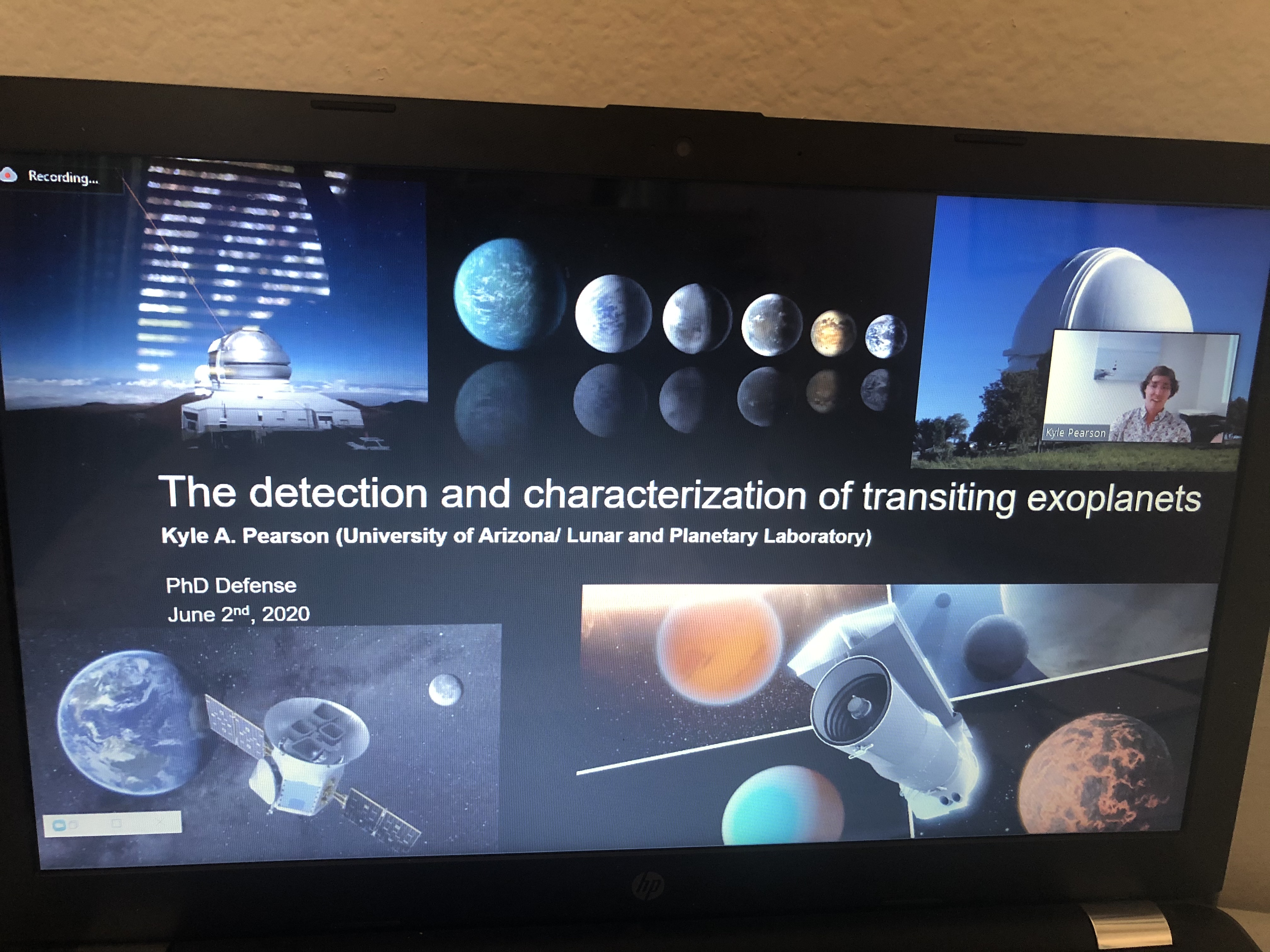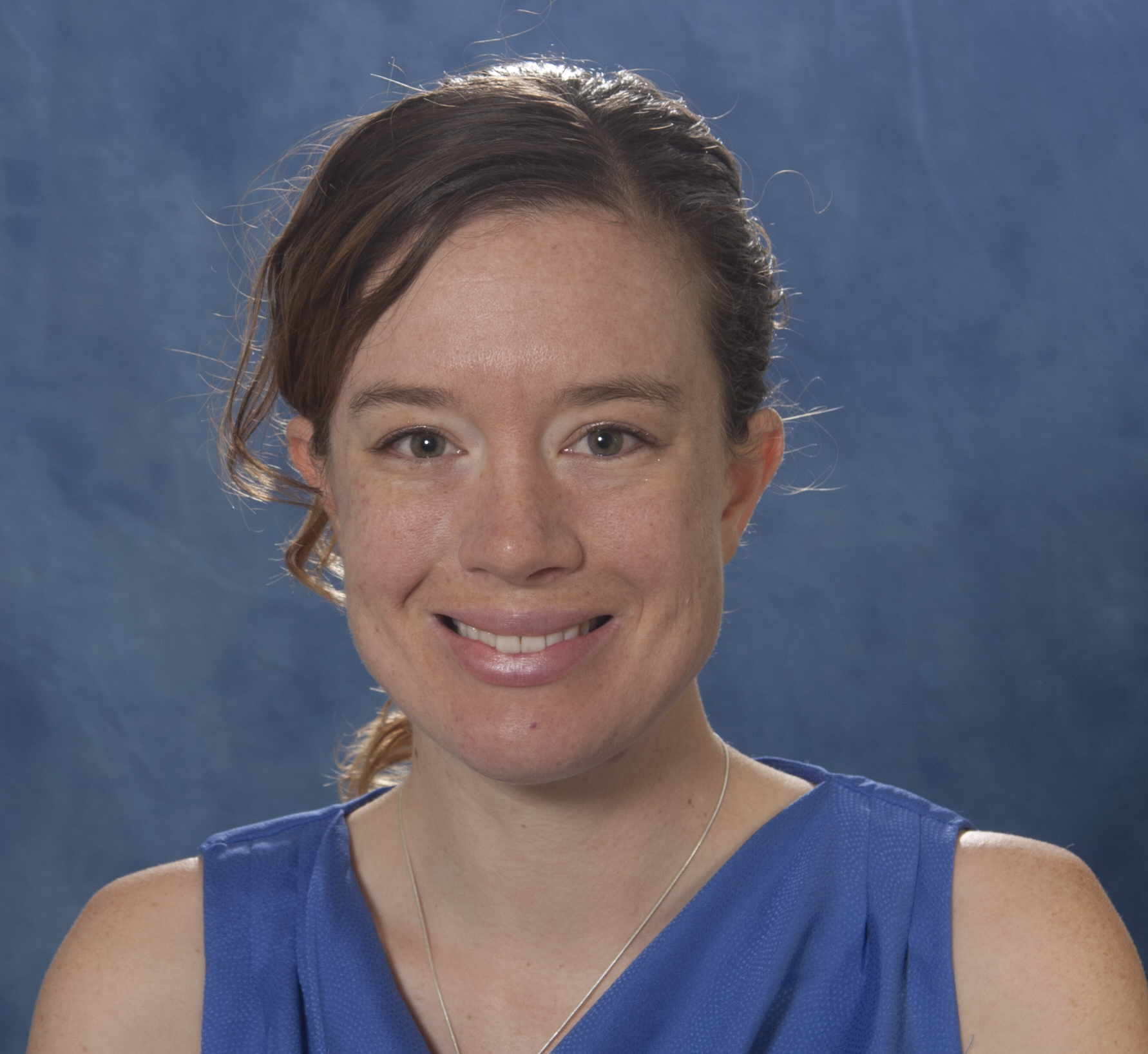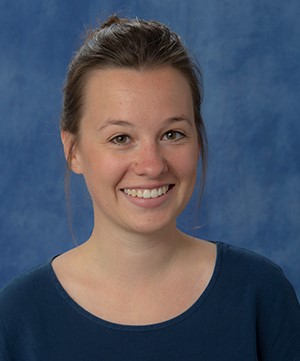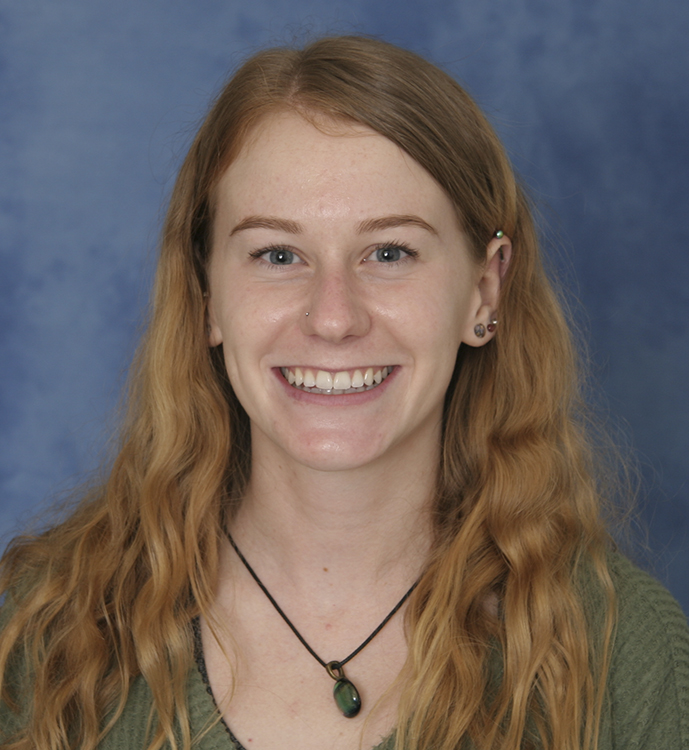There are 20 undergraduate students pursuing their minor program of study in Astrobiology. These students have varied major home departments, including Astronomy, Molecular and Cellular Biology, and Aerospace Engineering. We're proud to profile one of these Astrobiology minor students in this semester's newsletter.
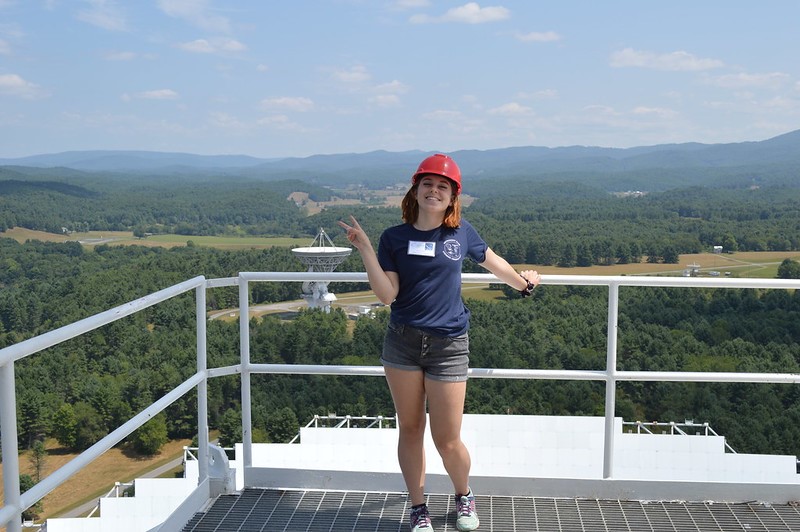
Why did you choose Astrobiology as a minor?
I love both biology and astronomy and am interested in pursuing astrobiology research later in my career.
What has been your favorite Astrobiology class and why?
The Mars elective [PTYS 442] taught by Regents Professor Alfred McEwen. In that class I was able to use the HiRISE camera to take photos of Mars. This was a really cool opportunity that I did not expect to have, and it gave me valuable experience.
What are your future goals?
I am taking a gap year after I graduate, and then I plan to go to graduate school and get a Ph.D. in astronomy or planetary science. I hope to become involved in astrobiology through a career in academia or by working on NASA astrobiology missions. I am especially interested in looking for signs of ancient life on Mars and investigating the habitability of outer solar system moons like Titan and Europa.
Are you working on any current research projects?
I am currently working on my senior thesis with Regents Professor Dante Lauretta. I am helping to design the spectral imaging system that will be used to study the sample from the near-Earth asteroid Bennu that will be returned by the OSIRIS-REx mission. Studying Bennu will hopefully reveal new information about the origins and composition of early Earth.
Tell us about yourself.
Outside of my scientific studies, I am very interested in music. I am the Head Music Director at KAMP student radio here on campus and I enjoy playing electric guitar in my free time. I also love to draw, paint, and cook.
The photo I chose is a photo of me on the top platform of the Green Bank Telescope in West Virginia! Working toward this minor has allowed me to take some fascinating classes and has helped me realize how passionate I am about the search for life beyond Earth.


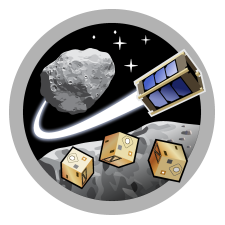
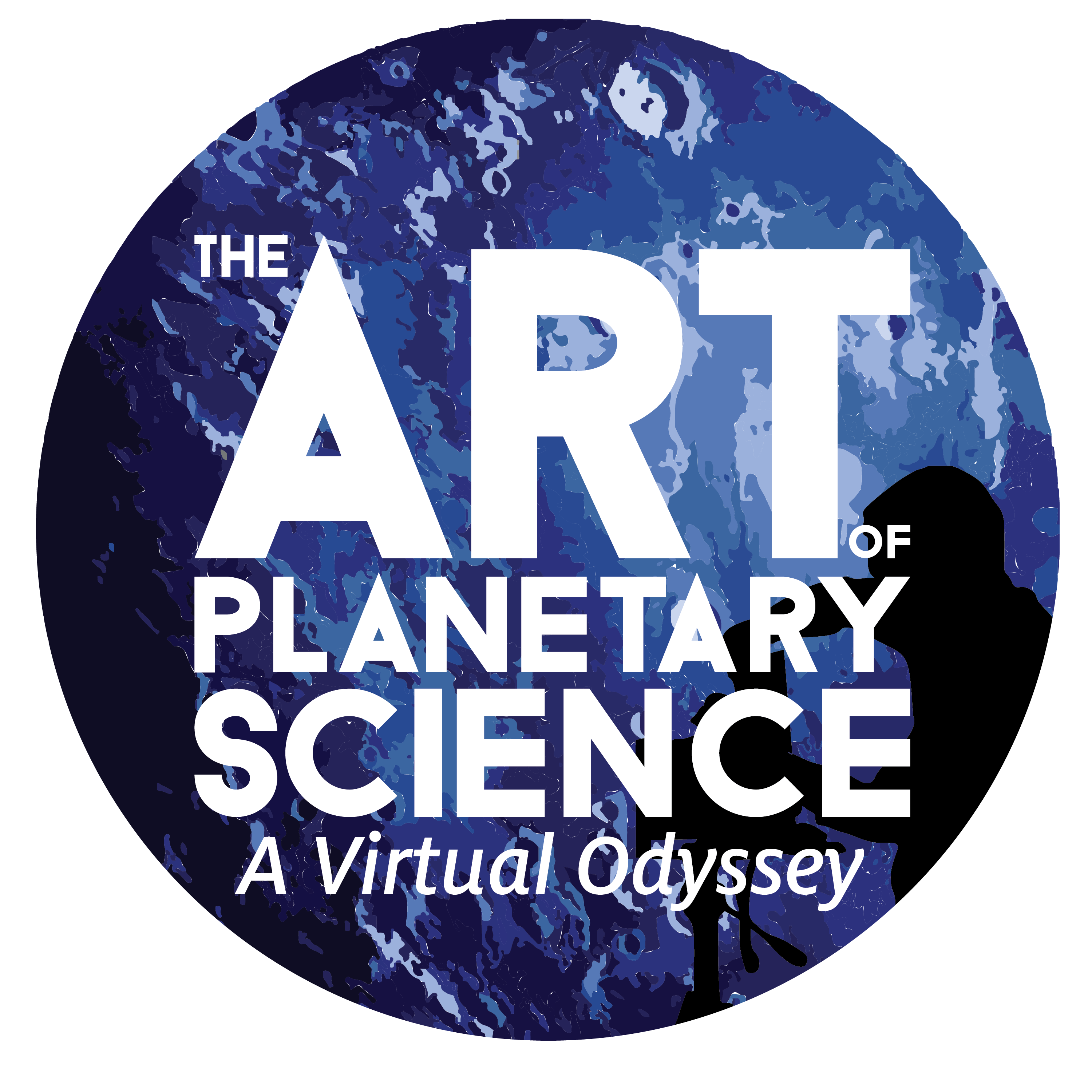
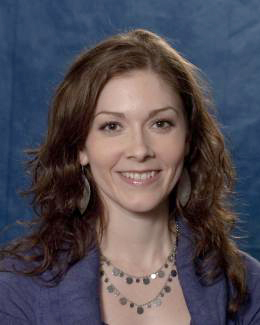 Anjani Polit
Anjani Polit